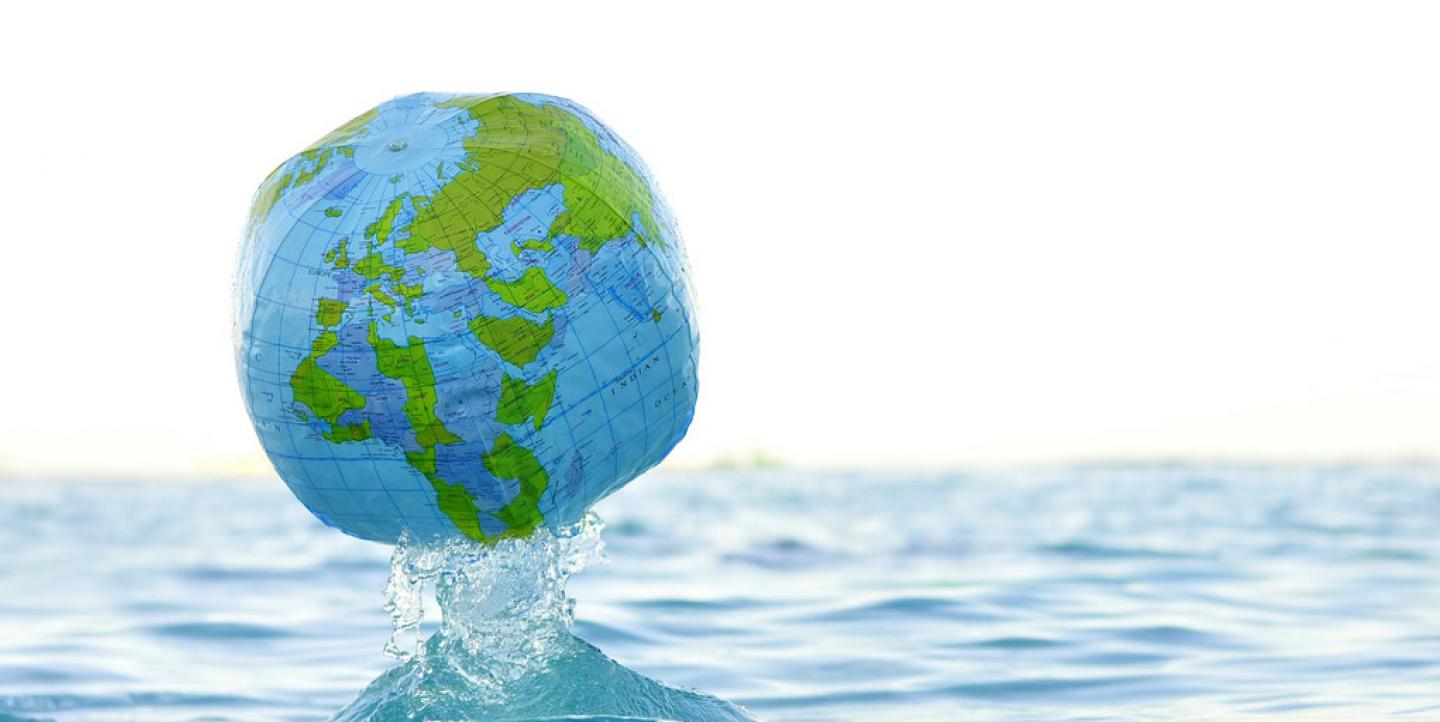Wedged between high mountains to the north and subtropical plains to the south, Nepal is one of the most vulnerable countries on the planet to the effects of global warming and climate change. But climate science is notoriously complicated and difficult to explain to readers.
This is where multimedia reporting tools come in handy and can better unravel the issues of climate change,” said Kunda Dixit, the well-known publisher of Nepali Times. “We have used infographics, interactive data visualizations and integrated videos and pictures with maps in order to tell stories about how climate change is affecting the Himalayan nation.
Ramesh Bhusal, environmental activist and Nepal editor of The Third Pole, added that online applications such as Mapbox, Carto and Highcharts have become mandatory tools for data mapping and interactive charts — creating demand for data-driven and multimedia reports on the web.
Another multimedia journalist from Nepal, Rajneesh Bhandari, stressed that climate-related stories offer high news value content — not only locally, but for the entire globe where some people don’t believe that climate change is real.
“Multimedia tools and techniques may be the best way to tell the anecdotal stories of people who have been affected by weather-shift or climate extremes,” he said.
Dixit said Nepalese newsrooms were initially skeptical and reluctant, but multimedia reporting is rapidly emerging. Journalists, however, need to move from ‘flat’ to ‘3-D thinking,’ particularly in Nepal with its vertical topography.
While reporting on climate adaptation issues in Nepal, I’ve observed how multimedia reporting can make real differences in the traditional reporting culture.
1. Even small multimedia elements can make a big difference.
A 3-D map on paper can still look static, or horizontal. But a freely available Google Earth Pro map can be tilted and turned around to see multiple facets. Multimedia storytelling offers an easy and effective way to plot trends and show how a landscape changes in space and time,’ showing not only ‘where’ but also ‘when.’ Dixit cited interactive maps of landslides and river blockages after Nepal’s 2015 earthquake. Viewers can compare juxtaposing imageries of the same location taken in different months or years. This has brought journalistic disaster news coverage to a higher level.
2. Time-lapse maps can prove the theory of global warming.
Satellite images on the Google Earth Engine can show how the Earth has changed over the past 32 years. Whether showing deforestation in an Amazon rainforest or the melting of ice lakes on the Tibetan plateau over the past three decades, this tool has helped crystalize the reality of global warming to readers. This online tool presents a powerful scene depicting how the Himalayas and glaciers are melting as the earth’s temperature rises.
3. Multimedia effects draw attention and engage the audience.
Unlike a text article, multimedia stories can be interactive, dynamic and nonlinear. Readers can access previous stories on the same topic.
4. Telling real people's stories with multimedia is more compelling than the science of “cause and effect.”
Recording people’s experiences of real incidents in audio and video and portraying strong human characters can give life to the data and facts in reporting climate-related stories. In 2014, Bhandari traveled to Imja glacier and interviewed dozens of people in the Everest region to find out how community became fearful that a nearby glacial lake would burst and flood the region. The root cause was climate change. To make stories attractive to audience, he used video, text, pictures and data.
5. Free and easy web tools offer some of the best ways to make multimedia reports on climate change.
Free web-based applications can be accessed to create interactive infographics or visualizations. Free location-based mapping tools such as Carto, Storymap.js and Thinglink can be used to create simple, interactive online maps. The web app juxtaposeJS offers easy-to-make frame comparisons – which has been widely used with Google Earth images to compare the differences of a particular place over time.
6. Digital tools don’t replace basic journalism standards.
Dixit said that the first step to a multimedia newsroom is to teach the editors and layout people. However, he reminded us, someone who is good using multimedia tools is not necessarily also good at reporting. All the rules of “old-style” journalism are still valid.
Main image CC-licensed by Flickr via Nattu

